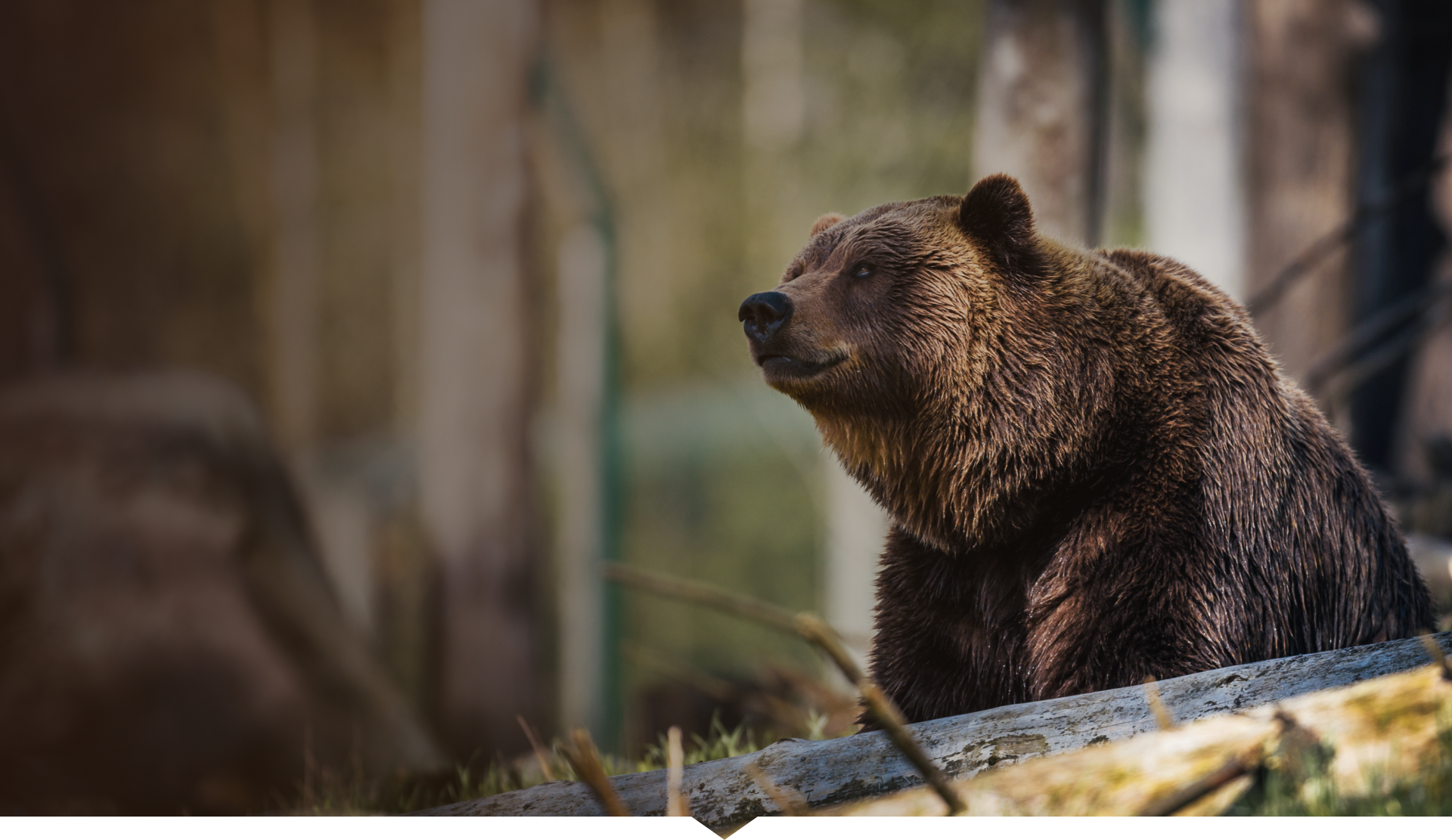Rhenen, 25 juni – Vandaag vertrekt een grote container vol met dierentuinmateriaal naar Yerevan Zoo, Armenië. Door de inspanningen van Artis, Ouwehands Dierenpark Rhenen en Alertis, stichting voor beer- en natuurbescherming zit de container vol met rollen speciaal hekwerk, tuingereedschap, werkkleding, en zelfs een complete tractor.
Sinds 2010 helpt Artis samen met de Armeense stichting FPWC (Foundation for the Preservation of Wildlife and Cultural assets) bij een groot natuurproject in Armenië. Deze regio is qua biodiversiteit één van de meest rijke maar ook een zeer bedreigde regio. Het doel van het project is het overbrengen van liefde en zorg voor de natuur aan de lokale bevolking. Sinds 2011 loopt een groot veranderplan in Yerevan Zoo. FPWC is al jarenlang projectpartner van Alertis, stichting voor beer- en natuurbescherming. In 2013 werd ook al medische apparatuur verzameld voor de dierentuin. Ruben Khachatryan en Manuk Manukyan, beide verbonden aan FPWC, hebben deze spullen per auto en trailer naar Armenië vervoerd. De container die deze week op transport gaat, bevat onder andere vele meters speciaal gaas, dat gebruikt gaat worden in het nieuwe berenverblijf in Yerevan Zoo, waarvan de bouw dit jaar echt van start is gegaan.
Een Berenbos in Armenië
Het nieuwe berenverblijf wordt, net als Het Berenbos, een opvangcentrum voor inheemse beren. Alertis heeft de dierentuin geholpen met de plannen voor dit verblijf. Niet alleen de beren die nu in Yerevan Zoo gehuisvest zijn krijgen hier de mogelijkheid om weer echt beer te zijn, ook de beren in Armenië die nu nog onder slechte omstandigheden gehouden worden, kunnen door de inspanningen van Alertis, Artis en Ouwehands Dierenpark Rhenen hier aan een nieuw leven beginnen. Als de spullen vanuit Nederland aankomen, betekent dit een aanzienlijke verbetering van het welzijn van de dieren in Yerevan Zoo.


